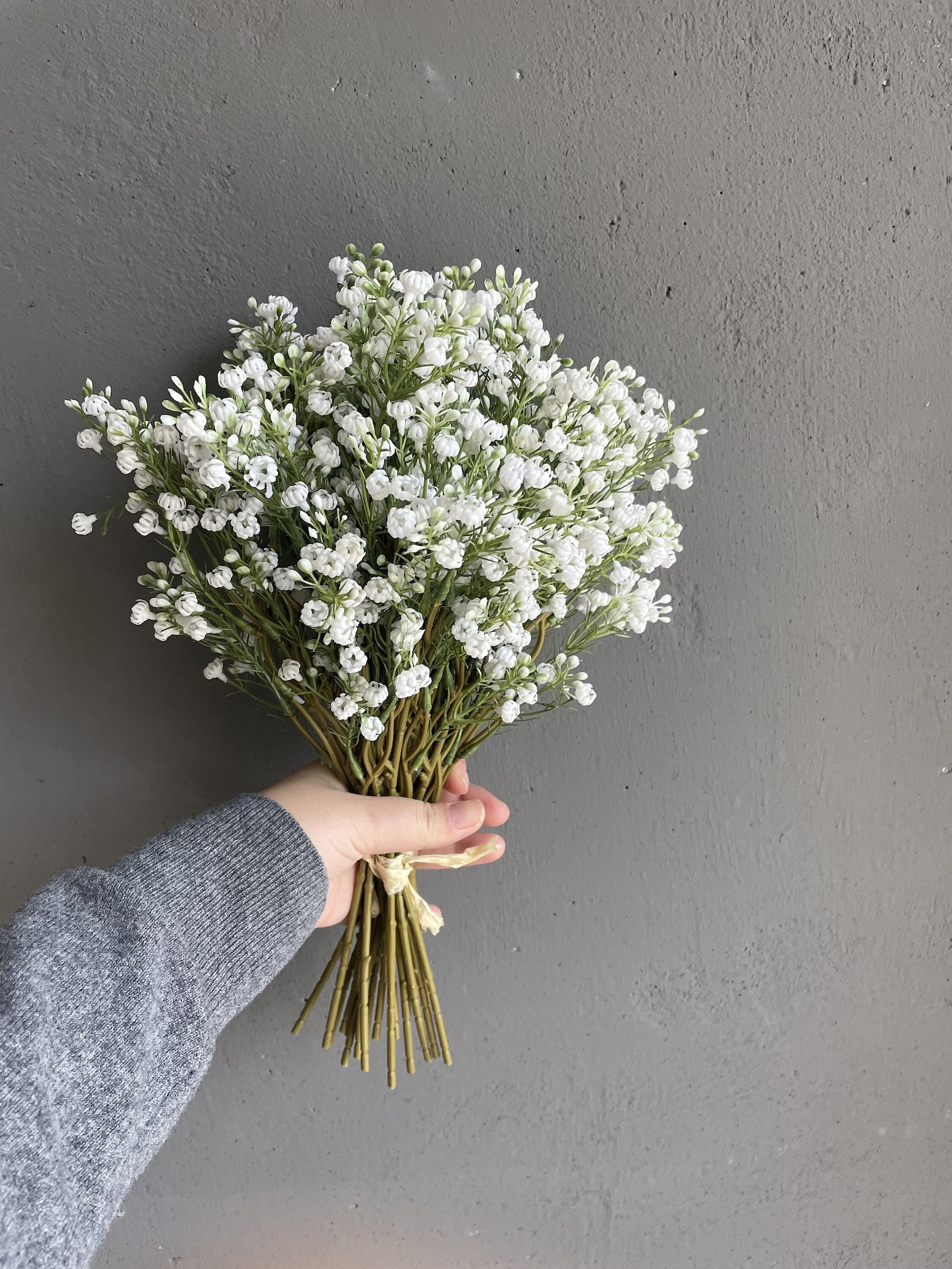How to Grow Tomatoes Safely And Avoid Salmonella Contamination
Growing your tomatoes can be one of the most rewarding gardening experiences. But did you know that your juicy tomatoes could carry harmful bacteria like Salmonella if not done carefully? With reports like the Salmonella outbreak tomatoes in the US and the UK, understanding how to grow tomatoes safely is more important than ever.
Whether you're a novice or a seasoned green thumb, this guide walks you through every step, from choosing seeds to harvesting and storing to ensure your tomatoes are delicious and safe to eat.
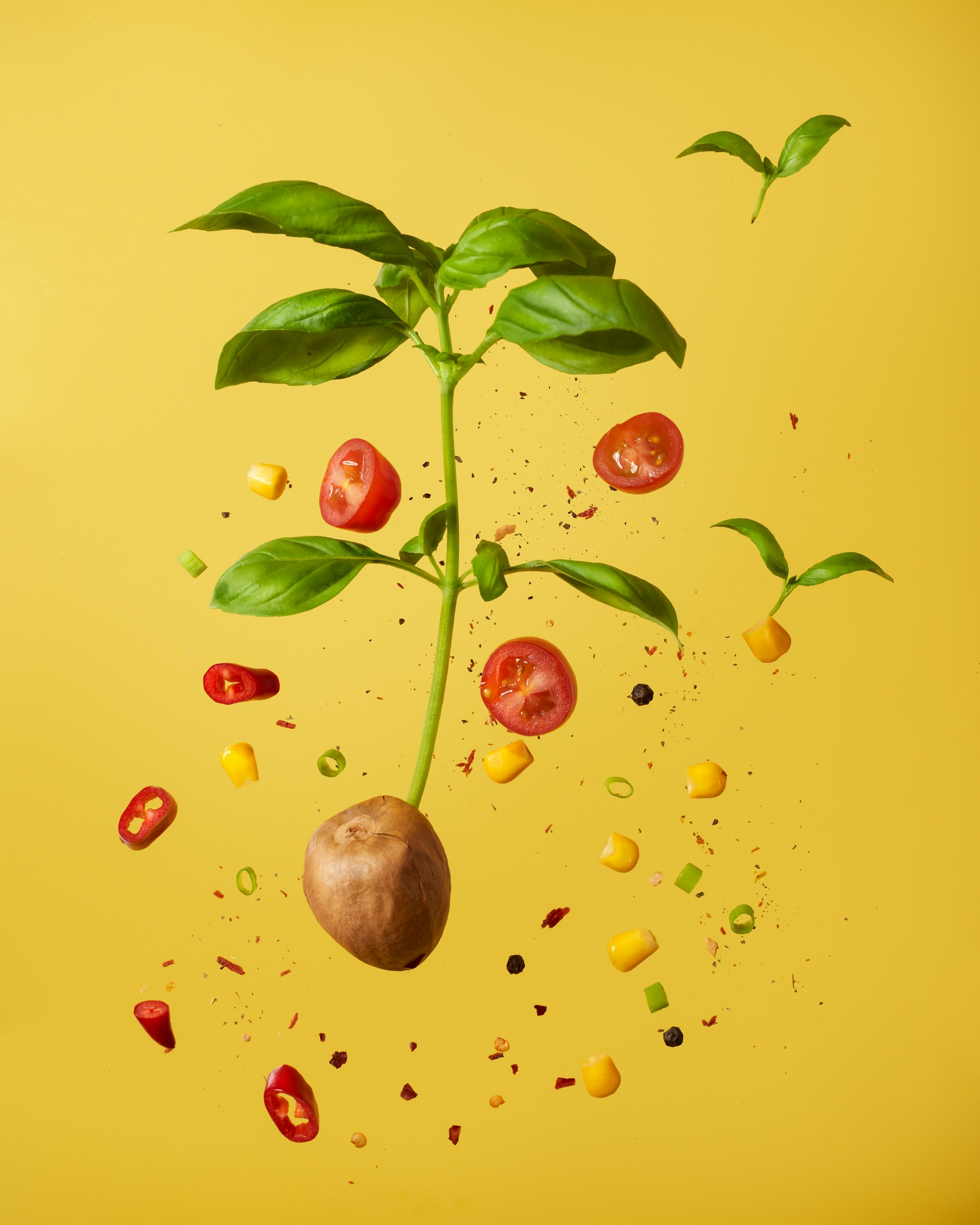
Jump To
1. Understanding Salmonella and Tomatoes
What is Salmonella?
Salmonella is a type of bacteria that can cause food poisoning. It’s often associated with raw meat, eggs, or dairy, but fresh produce like tomatoes can also become contaminated through dirty water, soil, or handling.
Salmonella Outbreak Tomatoes UK: What Happened?
In recent years, the UK has seen several foodborne illness outbreaks linked to contaminated tomatoes. These events highlighted the risks of poor agricultural practices, especially in large-scale or improperly managed farms.
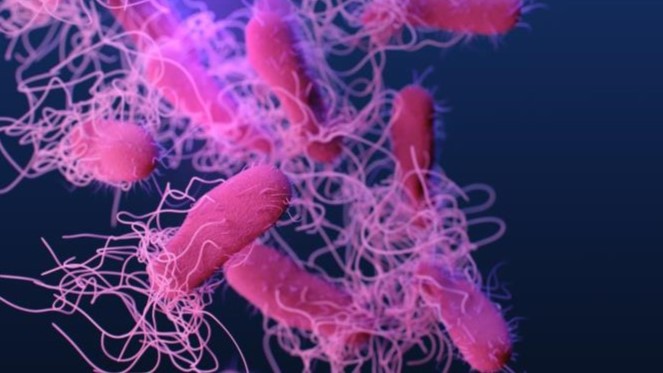
How Do Tomatoes Get Contaminated
Tomatoes can pick up Salmonella through:
-
Contaminated water (especially during irrigation)
-
Improper compost use
-
Animal droppings
-
Unclean tools and hands
Preventing these issues starts with clean and mindful gardening practices.
Choosing the Right Tomato Variety
Disease-Resistant Varieties
Selecting resistant varieties like ‘Mountain Magic’, ‘Iron Lady’, or ‘Defiant PhR’ gives you a head start against many common plant diseases that can open the door for bacterial infections.
Best Tomatoes for Home Gardens
For home growers, cherry tomatoes (e.g., ‘Sun Gold’), Roma, or beefsteak types offer a good balance of taste, size, and resilience.
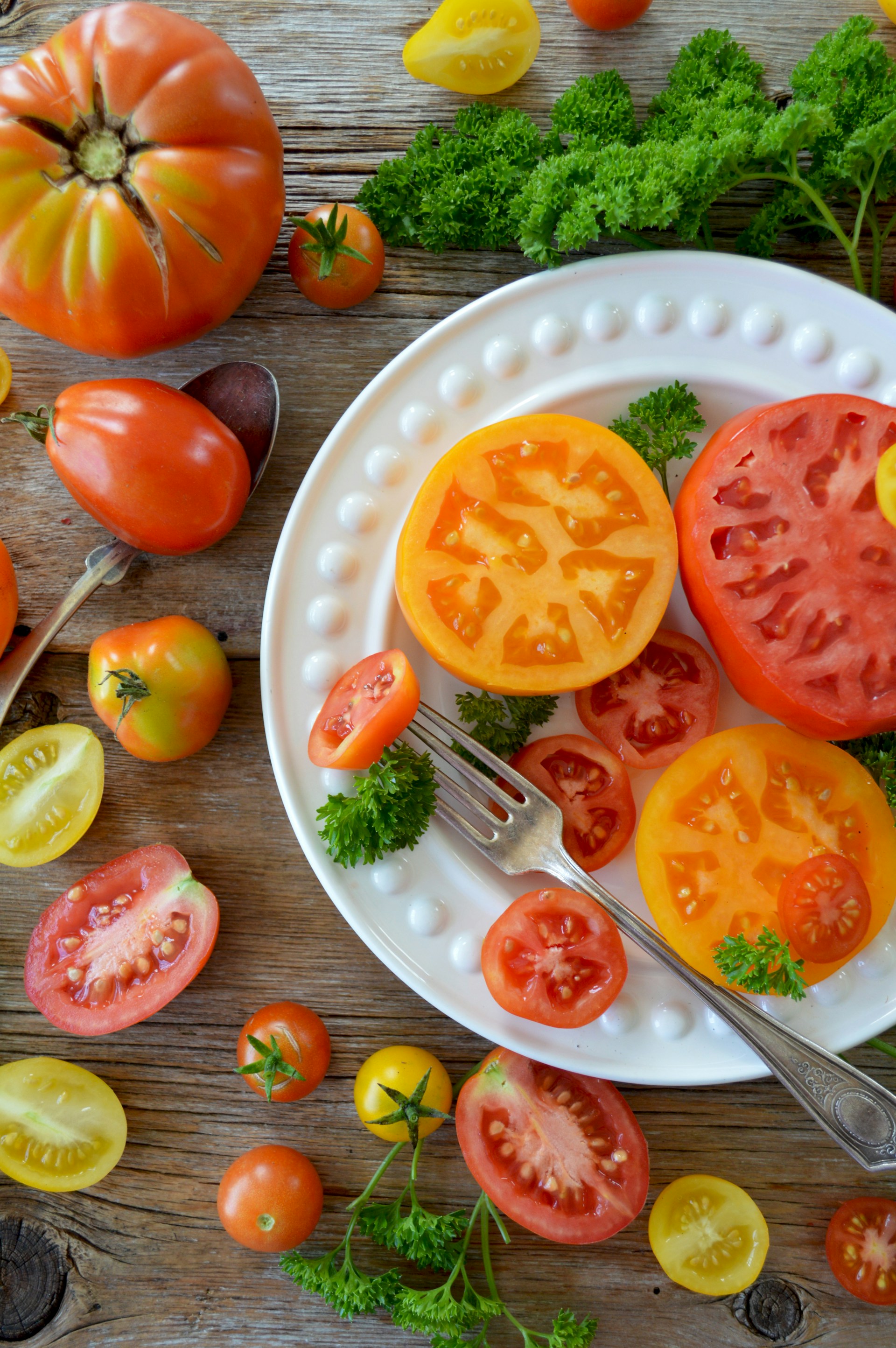
2. How to Grow Tomatoes from Seeds
Before you grow tomato plants from seeds, be cautious to choose safe tomato produce that is not part of the Salmonella Tomato Recall area. Or simply get some tomato seeds online.
Tomato seeds are so tiny in the tomato pulp, making it difficult to pick them out, just like strawberry seeds. However, you don't have to remove all the tomato pulp to take the seeds. Unless you have a tweezer and enough patience to take them out, the only thing you should do is to take the seeds with little pulp and put them in the germinating pot.
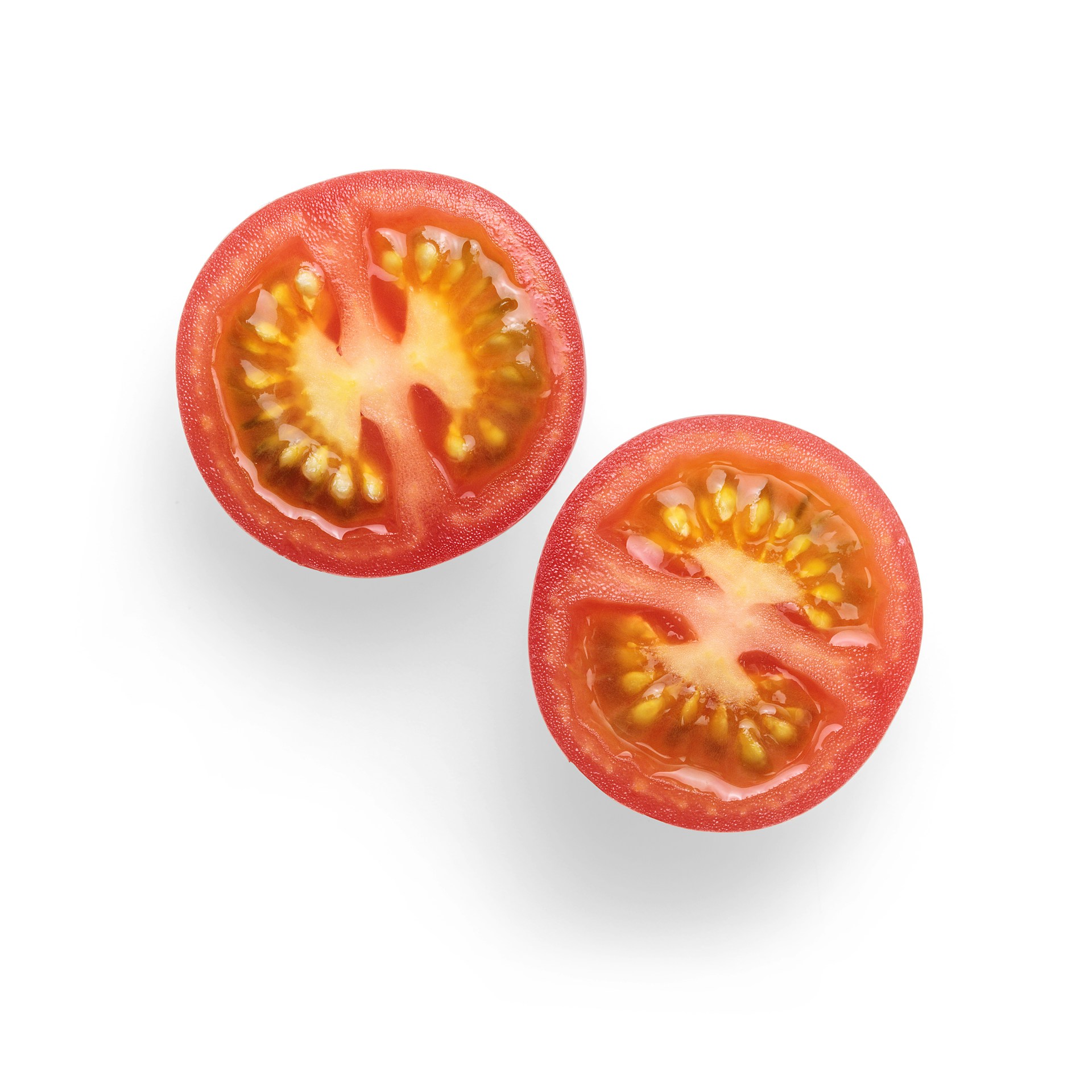
How to make sure your tomato seeds germinate
-
Keep the seeds inside the pot on germination soil.
-
Provide 12–16 hours of growing light daily.
-
Keep the germinating soil moist all the time. Don't let it dry out.
-
Keep the temperature at 21-24°C for better results.
-
Avoid crowding to reduce disease spread.
-
Observe the tomato seeds twice a week. Remove or restart if they don't sprout or even get moldy, rare but just in case.
-
Do not expose the sprouts to strong sunlight; they're still too fragile and can wilt or die.
-
Transplant seedlings outdoors after the last frost when they're 6–10 inches tall and have at least two sets of true leaves.

Starting Indoors
Start seeds indoors 5-7 weeks before your last frost date. Use seed trays filled with sterile seed-starting mix. Keep them warm (70–75°F or 21–24°C) for optimal germination.
Seed Germination Tips
-
Keep soil moist but not soggy
-
Provide 12–16 hours of growing light daily
3. How to Grow Tomato Plants Outdoors
Preparing Soil for Safety and Growth
Use well-drained, loamy soil enriched with compost. Test for pathogens and avoid using manure from unknown sources to reduce Salmonella contamination risks.
The best compost should be transformed from your daily waste, including yard waste and kitchen food waste. Use an electric bio composter to make better compost before planting the tomato seedlings.
A bio composter can kill any harmful bacteria or pathogens, like Salmonella, using hot composting methods (up to 75-80°C when composting with Kobold fermentation).
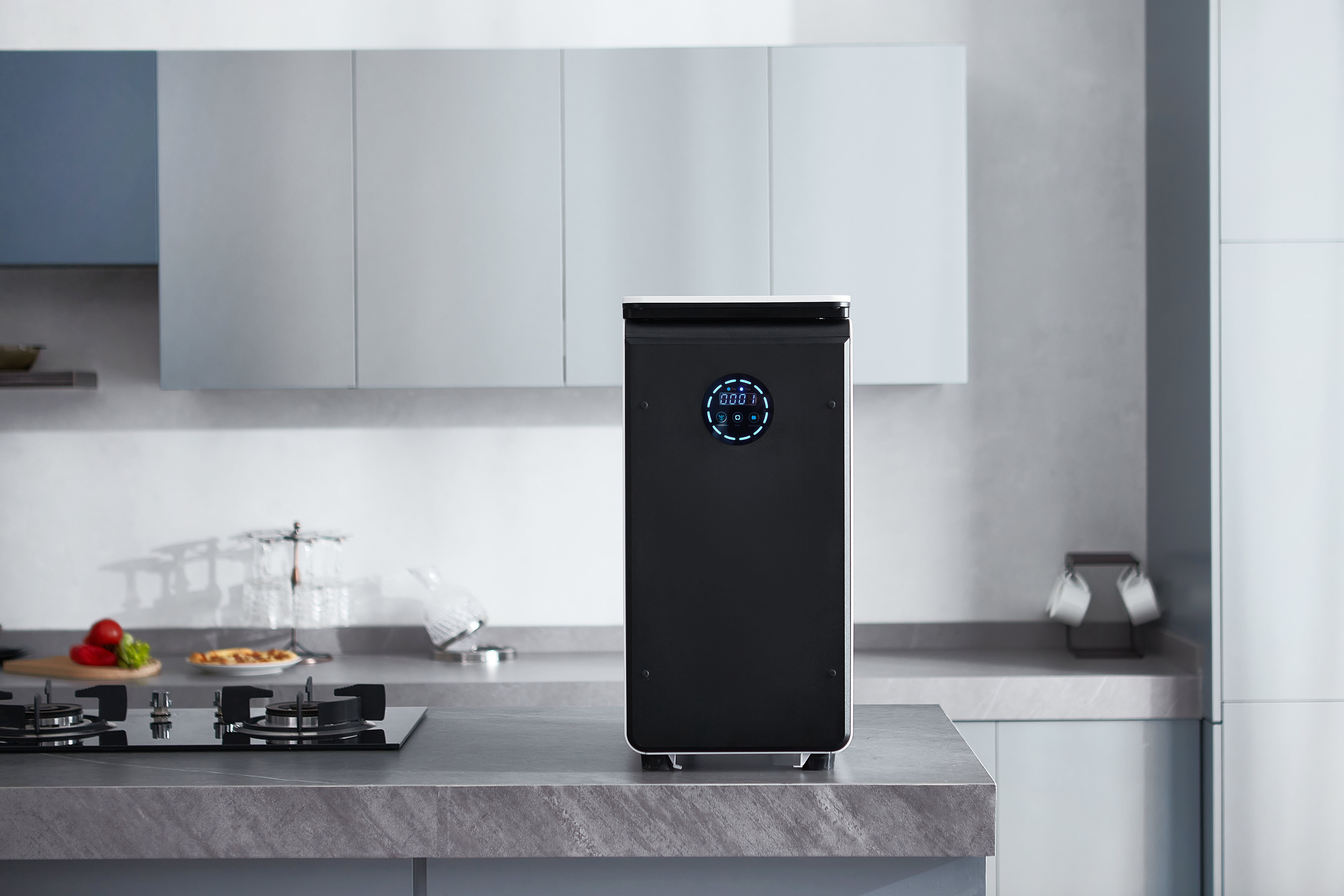
GEME Bio Composter
✅ Heat Compost Kills Harmful Pathogens
✅ Better and Safer Compost For Plant Growth
✅ Quiet, Odor-Free, Quick(6-8 hours)
✅ Large Capacity (19 L) For Daily Waste
Sunlight, Spacing, and Trellising
Tomatoes thrive in full sun (6–8 hours daily). Space plants 18–24 inches apart and use stakes or cages to improve air circulation and reduce soil contact.
4. How Do You Grow Tomato Plants in Pots?
Best Potting Mix for Tomatoes
Choose a high-quality, sterile potting mix with peat, perlite, and compost. Avoid using garden soil directly in pots as it may harbor harmful bacteria or pathogens like Salmonella.
Use a bio composter with a hot composting method to kill harmful bacteria or pathogens. And your compost output will be totally safe to use.

Container Size and Drainage
Use at least a 5-gallon container per plant. Ensure it has drainage holes to prevent waterlogging, which can encourage fungal and bacterial growth.
Indoor vs Balcony Gardening
Tomatoes grow well on sunny balconies or patios. If growing indoors, supplement with grow lights and avoid humid, poorly ventilated areas.

5. How Long Do Tomatoes Take to Grow?
Growth Stages and Timeline:
-
Seed to sprout: 5–10 days
-
Seedling to transplant: 5–7 weeks
-
Flowering to fruit set: 2–3 weeks
-
Fruit maturity: 20–30 days post-pollination
Most tomato varieties take 60–85 days from transplant to harvest.

Signs of Maturity and Readiness to Harvest
Tomatoes are ready when they’re fully colored, slightly soft to the touch, and easily detach from the vine.
Safe Watering and Fertilizing Practices
Avoiding Contaminated Water
Always water with clean, potable water. Avoid overhead watering as it can splash soil (and bacteria) onto leaves and fruit.
Using Organic Compost and Safe Fertilizers
Organic compost and slow-release organic fertilizers help feed your plants while keeping them safe from synthetic residues.
Hygiene and Handling Practices in the Garden
Handwashing and Tool Sanitization
Wash your hands before gardening and sanitize pruning shears or knives regularly to prevent bacterial transfer.
Protecting Tomatoes from Animal Contamination
Install fencing to keep animals away. Cover plants with netting if birds or pets are a concern.
Composting Tips to Prevent Contamination
Safe Compost Materials
Use only fully decomposed compost. Avoid adding dairy or pet waste to your home electric composter.
How to Use Compost Without Risks
Let compost sit at least 70°C for 6-8 hours to kill pathogens. While there are quite a few composting methods and electric composters for you to choose from, the only one that meets the CDC conditions to kill harmful pathogens is GEME composter.
Mix the matured compost into soil well before planting.
6. Tomato Plant Care for Maximum Health
Pruning and Supporting Plants
Remove suckers to improve airflow and reduce disease. Use cages or trellises to keep plants upright and clean.
Recognizing and Treating Diseases
Early blight, fusarium wilt, and blossom end rot can stress plants and invite secondary infections. Use neem oil or copper fungicides as needed.
Harvesting Tomatoes Safely
Best Time to Harvest
Pick tomatoes in the morning when they’re cool and firm. Avoid harvesting in wet conditions to minimize bacterial transfer.
How to Handle Without Spreading Bacteria
Use clean gloves or washed hands, and place tomatoes in sanitized containers. Don't mix freshly harvested fruit with older or bruised ones.

Storing Tomatoes to Avoid Salmonella
Washing vs Not Washing Before Storage
It's safer to wash tomatoes right before use, not before storing. Moisture promotes bacterial growth.
Storage Temperature and Ventilation
Store tomatoes at room temperature (55–70°F) in a single layer with good airflow. Avoid sealing in plastic bags.
7. Organic Gardening Practices for Tomato Safety
Benefits of Going Organic
Organic gardening avoids harmful pesticides and emphasizes soil health, which in turn supports safer fruit production.
Natural Pest and Disease Control
Use companion plants (like basil and marigolds), insecticidal soap, and mulch to reduce pests and disease organically.

Common Mistakes That Can Lead to Salmonella Contamination
- Using Unsafe Water
Always use water from clean, treated sources. Rain barrels must be covered and cleaned regularly.
- Overcrowding and Poor Airflow
Dense planting reduces airflow and raises humidity, creating the perfect storm for bacterial growth.
Tips for Growing Tomatoes in the UK Climate
- Managing Rainfall and Moisture
Mix Compost with raised beds and mulch to prevent waterlogging. Cover with cloches or plastic tunnels during heavy rains.
- Ideal Greenhouse Setup
Greenhouses allow control over moisture and temperature—great for safe tomato growing year-round in the UK.
8. Expert Advice and Final Thoughts on Tomato Safety
How Experts Prevent Salmonella
Experts emphasize:
-
Clean water use
-
Tool sanitization
-
Disease-resistant varieties
-
Regular inspections for contamination signs
Recap of Key Safety Tips
-
Use sterile seeds and soil
-
Avoid contaminated water and traditional composting methods
-
Wash hands and tools regularly
-
Store and handle tomatoes hygienically

9. People Also Ask About Growing Tomatoes and Salmonella
1. Is Salmonella in tomatoes common?
Not very, but it can happen if basic hygiene and water safety practices are ignored.
2. How can I prevent contamination at home?
Use clean water, sanitize tools, and avoid composting unsafe materials like raw manure without hot composting.
3. Do I need to sterilize soil?
Sterilizing isn't mandatory but using fresh, disease-free soil helps reduce risks significantly.
4. Can I reuse tomato seeds safely?
Yes, if they’re from healthy plants and properly dried and stored.
5. How do I wash tomatoes before eating?
Rinse under cool running water without soap. Use a clean brush for extra scrubbing.
6. Are organic tomatoes safer?
Yes, when grown with clean practices. Organic methods reduce chemical and bacterial contamination risk.
Conclusion: Safe Growing Equals Healthy Eating
Growing your own tomatoes is incredibly satisfying, and with the right techniques, also very safe. By understanding the risks, using proper hygiene, and following best practices, you can avoid issues like the "Salmonella outbreak tomato" concerns and grow a bountiful, healthy harvest.
Follow these tips and enjoy safe, delicious tomatoes from your garden to your plate.
Related Articles
Sources
-
FDA: Williams Farms Repack LLC Recalls Tomatoes Due to Possible Salmonella Contamination 2025 https://www.fda.gov/safety/recalls-market-withdrawals-safety-alerts/williams-farms-repack-llc-recalls-tomatoes-due-possible-salmonella-contamination
-
CDC: About Salmonella Infection https://www.cdc.gov/salmonella/outbreaks/whole-cucumbers-05-25/index.html#:~:text=CDC%3A-,About%20Salmonella%20Infection,-FDA%3A%20Outbreak
-
FoodSafety: Safe Minimum Internal Temperatures
-
Reddit: FDA Tomato Recall 2025
Ready to transform your gardening game? Subscribe to our newsletter for expert composting tips and sustainable gardening advice.
